Calculating the way three things orbit each other is notoriously tricky — but a new study may reveal 12,000 new ways to make it work.
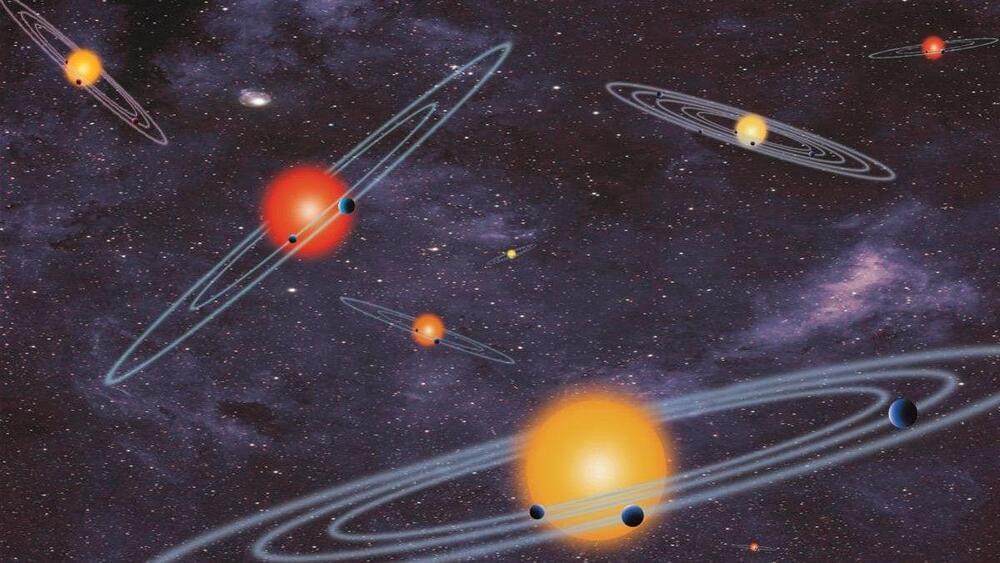


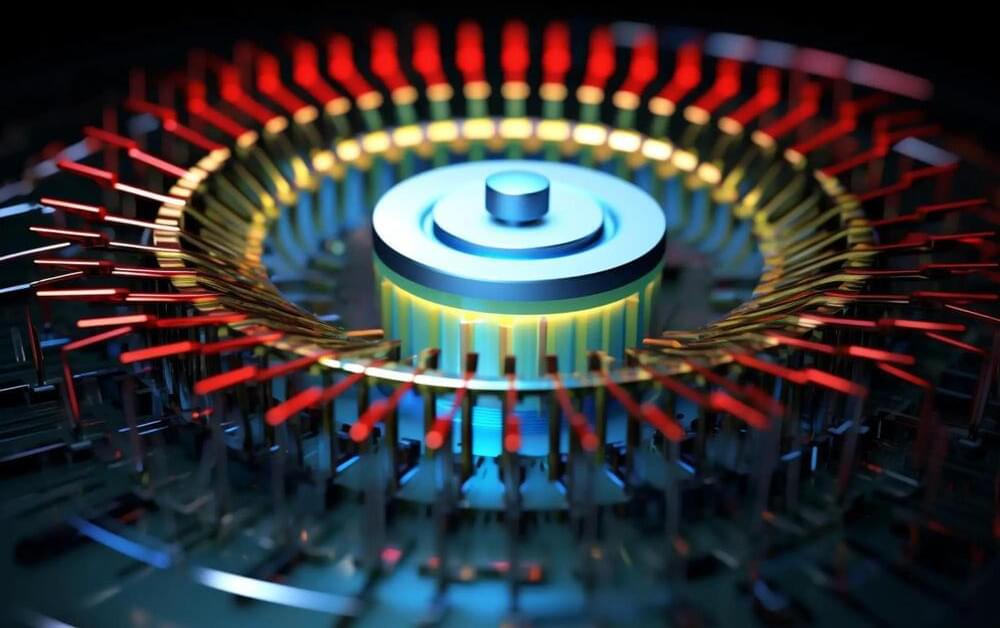
Researchers in Germany and Japan have been able to increase the diffusion of magnetic whirls, so-called skyrmions, by a factor of ten.
In today’s world, our lives are unimaginable without computers. Up until now, these devices process information using primarily electrons as charge carriers, with the components themselves heating up significantly in the process. Active cooling is thus necessary, which comes with high energy costs. Spintronics aims to solve this problem: Instead of utilizing the electron flow for information processing, it relies on their spin or their intrinsic angular momentum. This approach is expected to have a positive impact on the size, speed, and sustainability of computers or specific components.
Magnetic whirls store and process information.

Researchers from the National Institutes of Health and their partners have unearthed new findings about healing and aging by studying a tiny sea creature capable of regenerating its entire body using just its mouth. They analyzed the RNA
Ribonucleic acid (RNA) is a polymeric molecule similar to DNA that is essential in various biological roles in coding, decoding, regulation and expression of genes. Both are nucleic acids, but unlike DNA, RNA is single-stranded. An RNA strand has a backbone made of alternating sugar (ribose) and phosphate groups. Attached to each sugar is one of four bases—adenine (A), uracil (U), cytosine ©, or guanine (G). Different types of RNA exist in the cell: messenger RNA (mRNA), ribosomal RNA (rRNA), and transfer RNA (tRNA).
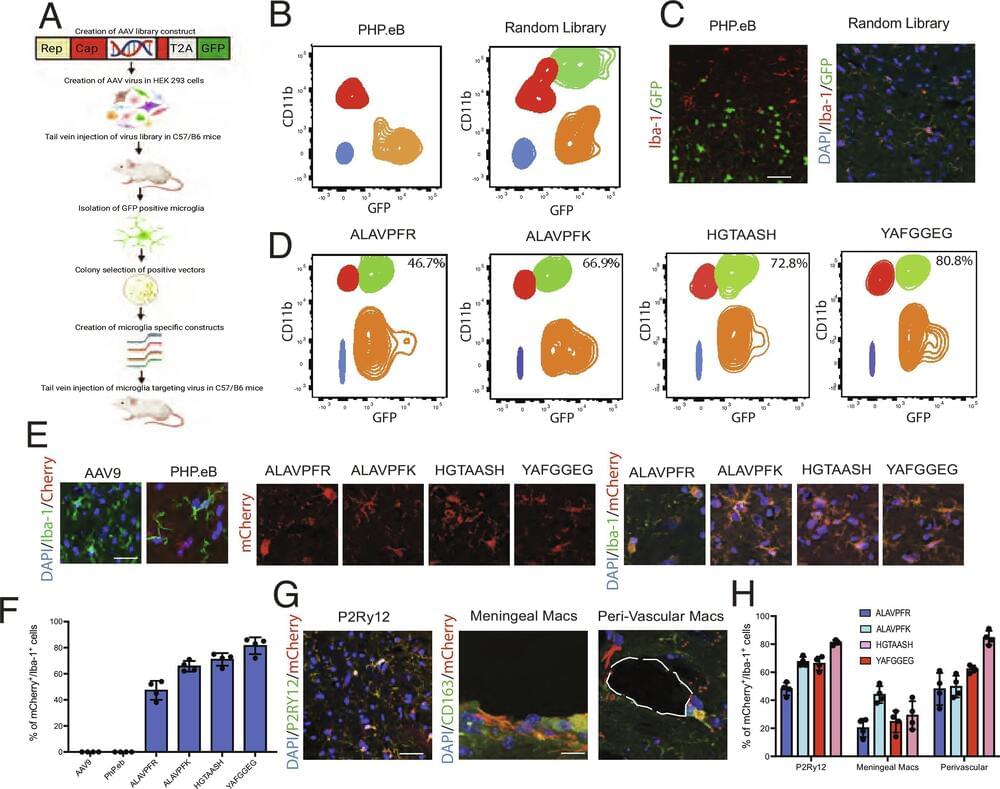
Cool paper that adds a useful tool to the gene therapist’s toolbox! Young et al. utilize an in vivo screening method to develop adeno-associated viruses (AAVs) which target microglia. They show that their AAVs transduce central nervous system microglia as well as tissue macrophages after intravenous injection. #biotechnology
Tissue macrophages, including microglia, are notoriously resistant to genetic manipulation. Here, we report the creation of Adeno-associated viruses (AAV) variants that efficiently and widely transduce microglia and tissue macrophages in vivo following intravenous delivery, with transgene expression of up to 80%. We use this technology to demonstrate manipulation of microglia gene expression and microglial ablation, thereby providing invaluable research tools for the study of these important cells.

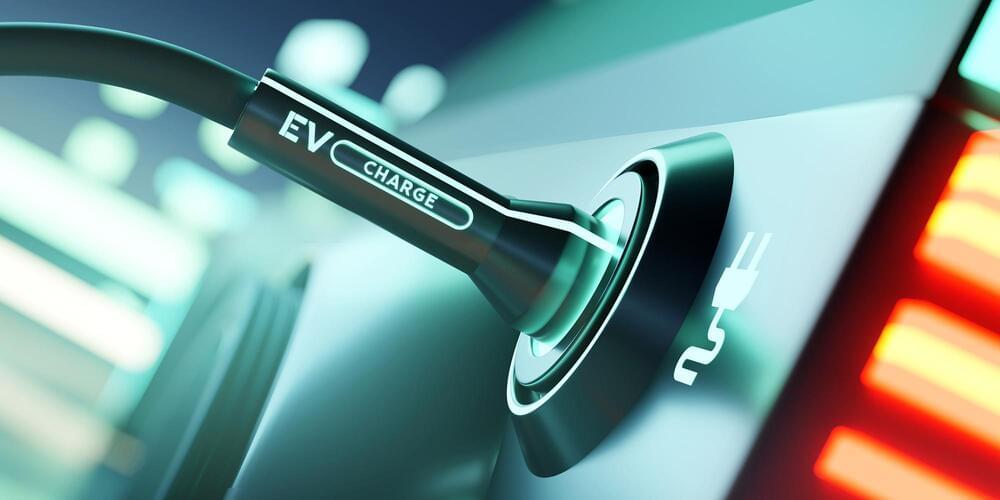
Decarbonising Australia’s transport systems will take more than a transition to electric vehicles. Understanding how and when owners like to charge their cars is important. Our researchers are examining how we might persuade the increasing electricity demand to meet the time-dependent renewable energy supply.
How many people do you know who own an electric vehicle? Most Australians still drive petrol-fuelled cars. But the proportion of electric vehicles (EVs) on our roads is set to boom in coming years, particularly if the government’s plans to introduce a fuel efficiency standard prove successful.
Transport researchers at the University of Melbourne Faculty of Engineering and Information Technology have studied the expectations EV owners have for charging – and what they think of policies and technologies that aim to shape EV charging behaviours.

New insights into the medical mysteries behind dementia have been revealed this week, with two studies identifying drivers of the brain-degenerating condition.
One study, released on September 11 in the journal General Psychiatry, shows that the shortening of little caps on the end of chromosomes may be linked to increased dementia risk. Another, published in the journal JAMA on September 12, reveals that spending more time sedentary, such as sitting down, may also increase the risk.
These studies may help scientists to further understand the mechanisms behind what causes dementia to develop, and therefore how to stop it.

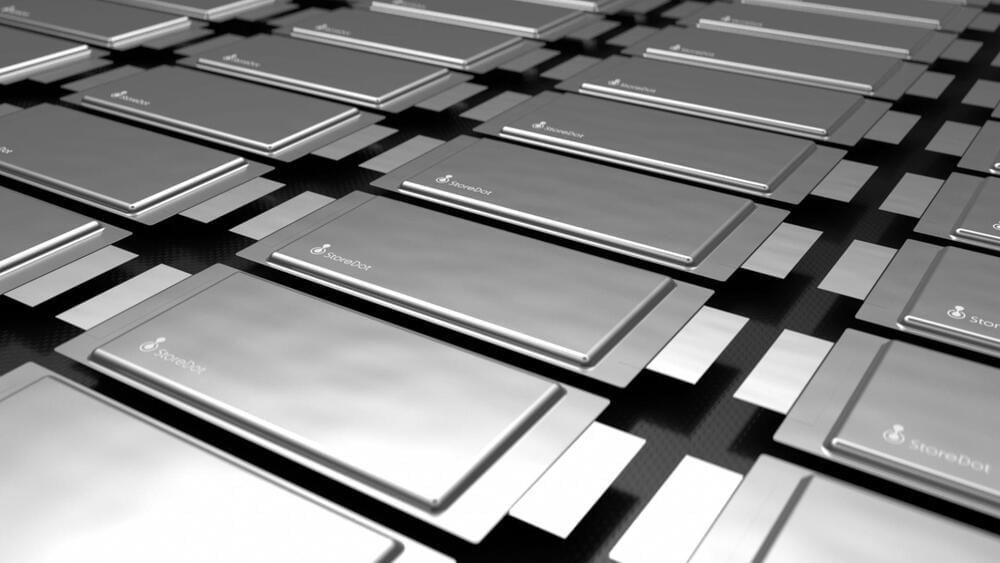
Specializing in extreme fast charging (XFC) battery technology for electric vehicles, StoreDot aims to solve range anxiety, which is a well-known type of anxiety among EV owners. With its “100inX” technology roadmap, the company aims to achieve a mileage of 100 miles per five minutes of charging by 2024, according to a press release.
The company is at the advanced stages of developing groundbreaking semi-solid state technologies and targets mass manufacturing of its fast-charging battery cells, 100in5, which offer 100 miles of travel in five minutes of charging in 2024, then improve its charging abilities by 40 percent to three minutes by 2028 with 100in3, and finally achieving complete charging in two minutes by improving an additional 33 percent by 2032 with 100in2 batteries.